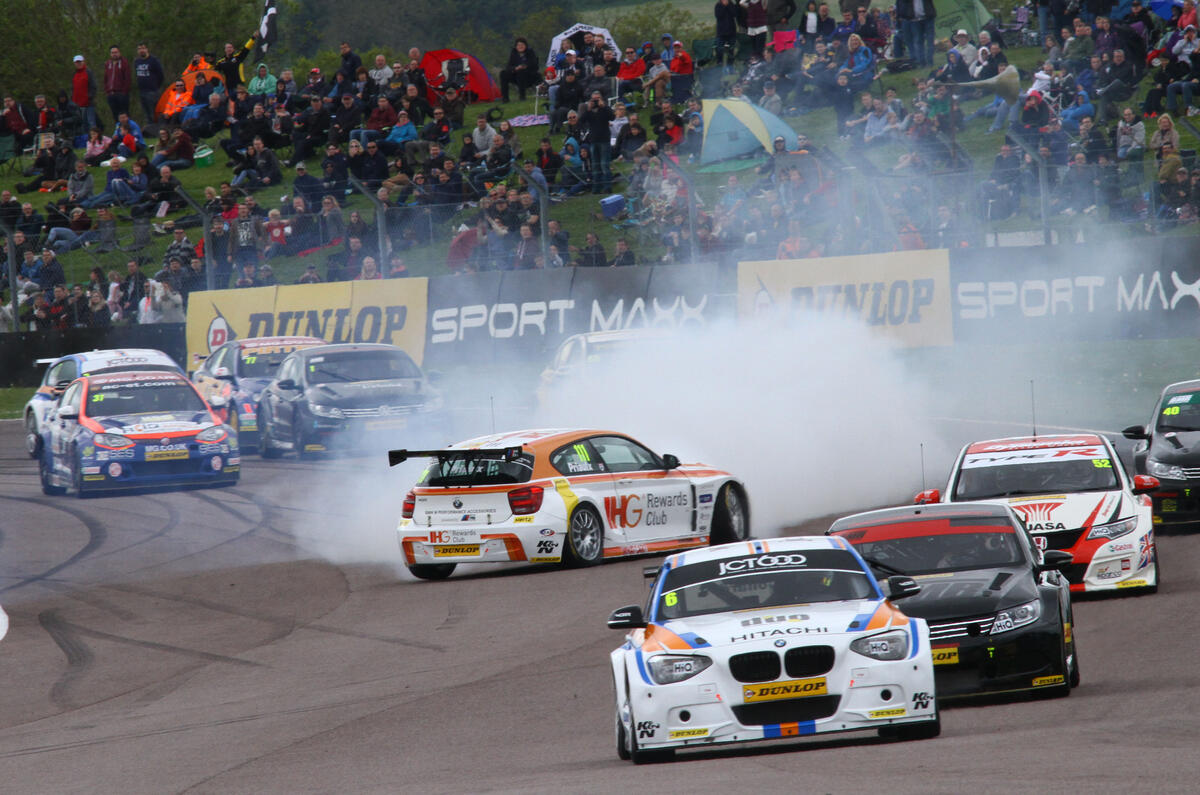I’m over 40, so my memory is no longer what it was, but suffice to say that I cannot remember the last time I was at a British Touring Car Championship race.
It was, possibly, eight or nine years ago, and that’s a pretty sad admission for a man who spent the first decade of his working life covering all things racing and rallying for the likes of Motorsport News and Autosport.
By the time I switched to road cars with What Car? almost a decade ago I was no less obsessed with motorsport, but exhausted by it. To a degree, I’d been spoiled, arriving in the dream job in 1996, at a time of economic and sporting boom, when budgets were plentiful and British-born talent was at a high.
Across disciplines we had Damon Hill in an increasingly manufacturer-backed F1 and Colin McRae and Richard Burns in the WRC. Then, in domestic racing and rallying, there were manufacturer teams aplenty, with the very best drivers getting paid to compete in both, and the level of competition rising accordingly.
The economic downturn - and a shortage of homegrown talent in the right cars - did much to dampen my enthusiasm across the board. In particular, while the BTCC kept on running, the grids were sparse and, at times, the level of competition some way off what it had been.
So last weekend I went to Thruxton to watch the BTCC with some trepidation, and I’m delighted to say I came away re-enthused by the spectacle and intensity of the competition.
Now, before anyone asks, there was no fancy hospitality and - although Autocar is a media partner (hence the stickers on the cars) - I am not beholden to report anything other than what I saw. I stood on the banks at the Complex with my family, and enjoyed the weekend just as anyone who bought an entry ticket could.
There were many standout features. The timetable, for starters, was both busy and fast-paced. As one race ended, another was queued up. When there was a pause, it was well used by the expert commentary team to build up the intensity ahead of each of the three BTCC races. And you were never far from a big screen, meaning it was possible to follow all the action wherever you were.





Join the debate
Add your comment
Truck racing, at ~Brands
It's a great day out (if the
Add in the fun fair to stop child boredom, Porsche GT Cup etc and Oulton Parks default parkingaround the circuit and it is well worth it, the atmosphere is great.
BTCC is better because.........?